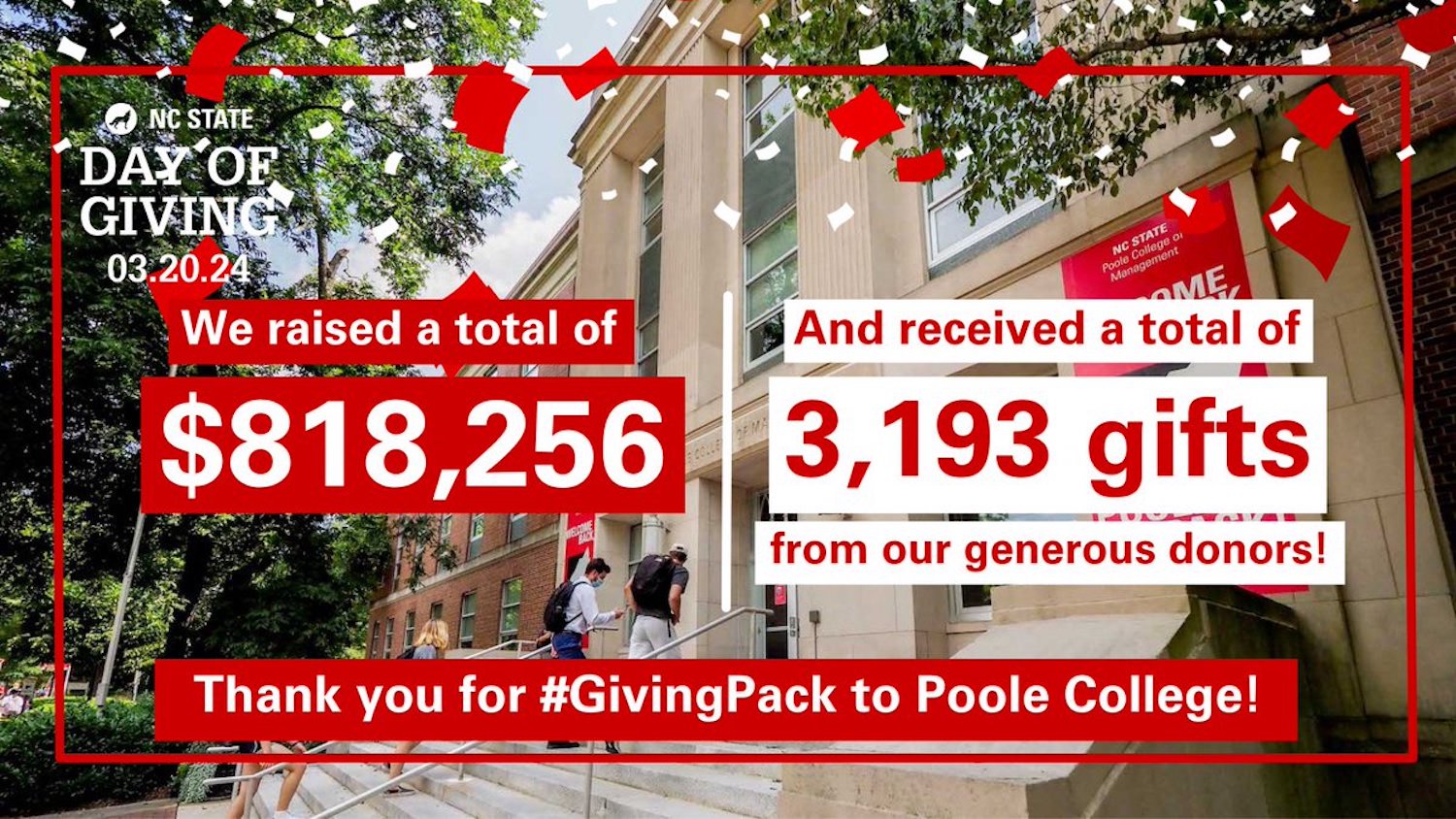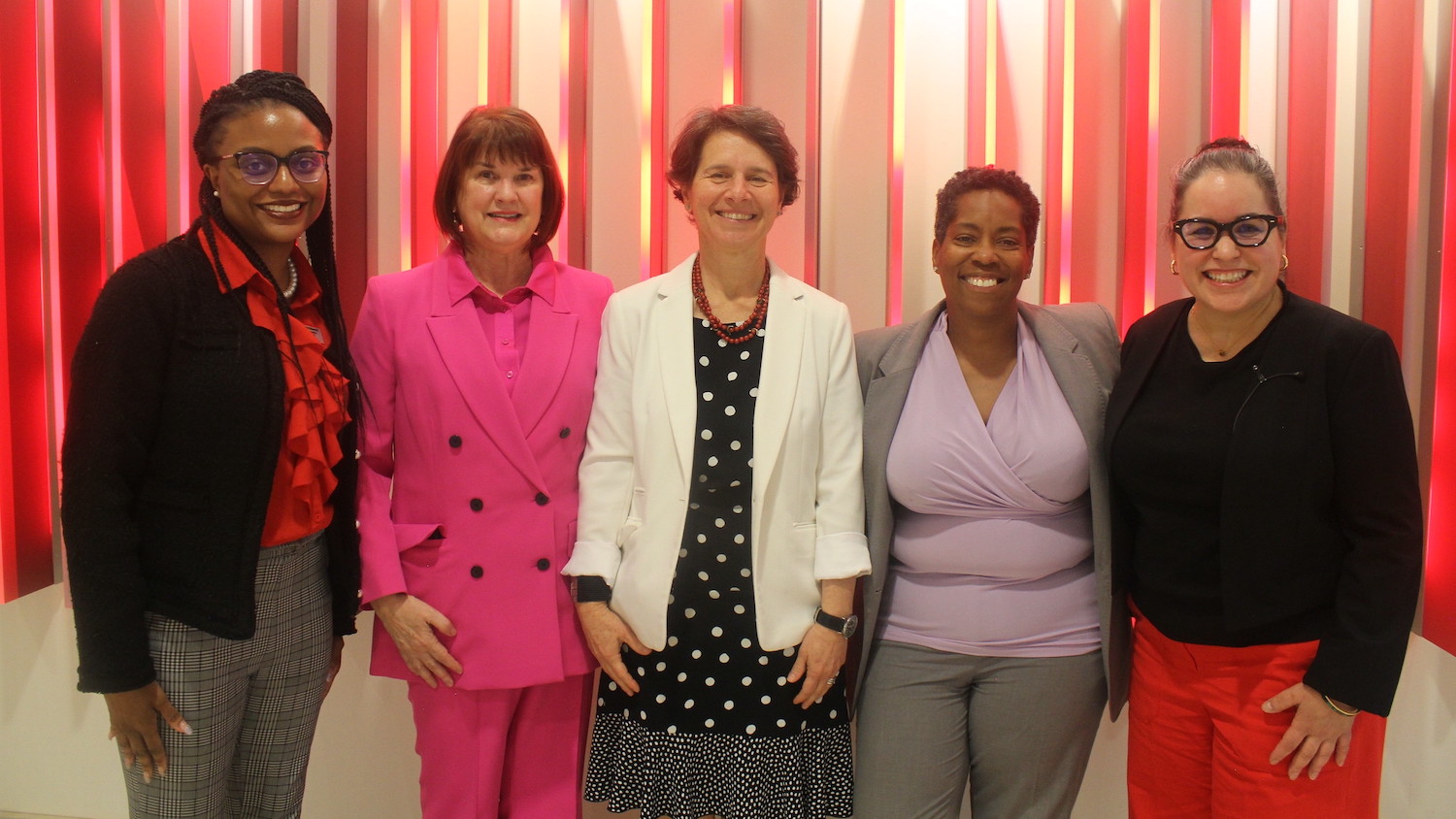Exploring Solutions, By Design

The results of Professor Tom Barrie’s fall 2019 studio course yielded education for his students, and produced a tangible takeaway to combat housing insecurity among NC State students.
Barrie’s studio class, Affordable and Supportive Housing for NC State, explored possible solutions to student housing insecurity. The concept connected with the results of a 2017 research study by the NC State Food and Housing Security Initiative, co-chaired by psychology professor Mary Haskett and Sarah Wright, TRIO academic coach at the university, which found that almost 10 percent of NC State students had experienced homelessness within a 30-day period.

In the time since, Haskett and Wright have been bringing people together to find solutions for supporting students facing both food and housing insecurity. Barrie, professor of architecture in the College of Design as well as director of the Affordable Housing and Sustainable Communities Initiative, serves on their committee and viewed the fall studio as an opportunity to contribute to solving housing insecurity on campus.
Students conducted research on contemporary models of affordable housing, innovative university housing and micro-housing, then began working individually to develop potential designs for two university-owned sites.
The semester ended with a final project review and public presentation. Among those who attended were representatives from University Housing, NC State’s student ombuds and area architecture professionals, as well as Haskett and Wright.
Each student shared a five-minute digital presentation focused on their particular architectural solution, followed by a question and answer session with those who attended.
“Together we talked about how the student outcomes might help to both raise awareness of the problem and help to assist those who are advancing solutions,” Barrie said.
Next, Barrie plans to use the project descriptions and examples of student work to produce a piece of collateral material to advocate for solutions to student housing insecurity on campus.
“That, along with all of the other materials from the food and housing security initiative, will be part of how we can continue to educate people about this problem and push for solutions down the road,” Barrie said. “For me, the goal is that no student will experience housing insecurity while they’re at NC State.”

While each student emphasized different concepts in the individual projects, together, Barrie feels they begin to suggest potential best architectural solutions. For example, one student took an interest in ways to present the services available to housing residents in a way that would be non-stigmatizing, he said. Another student focused on healthy and supportive environments – incorporating biophilic design, an approach to architecture that seeks to connect building occupants more closely to nature, by suggesting the use of native plants and a design that incorporated a pollinator garden.
“They felt like they grew as designers,” Barrie said. “And in the end, students really felt enriched by Mary Haskett coming to their reviews – it promotes fruitful conversations in the studio and at reviews.”
Though the educational goal of the studio is complete, Barrie said projects like this one yield a special opportunity to take the experience one step further.
“What they left behind are some wonderful projects,” he said. “I can now switch to an advocacy role.”
- Categories:


